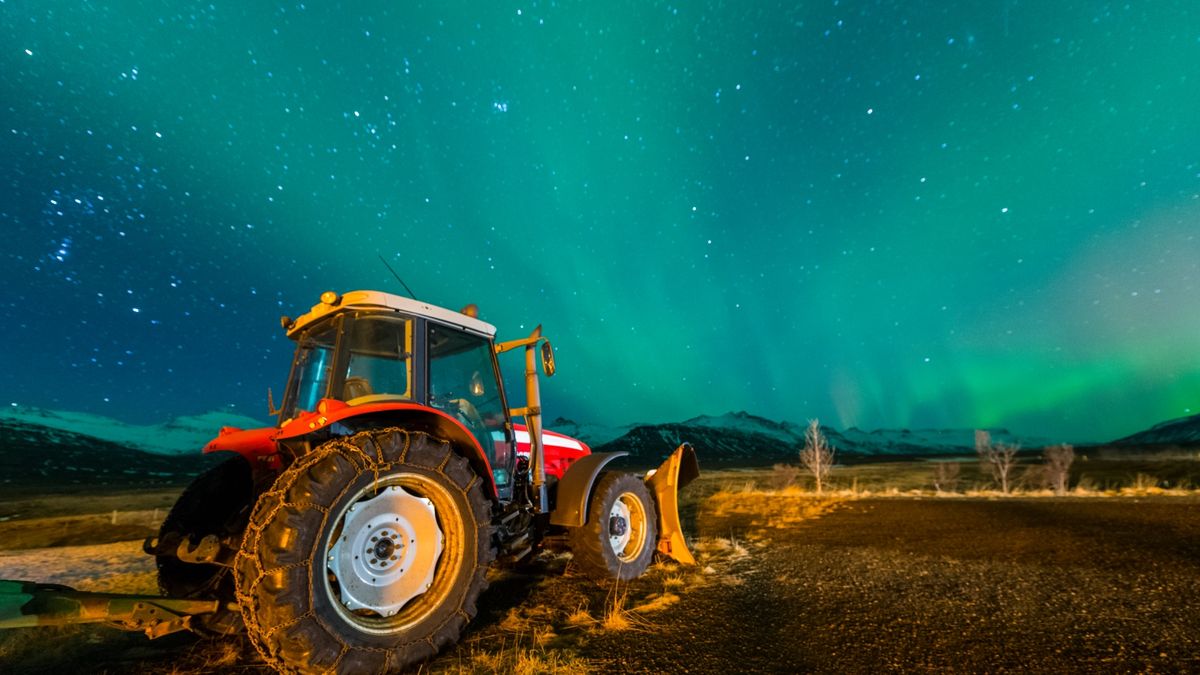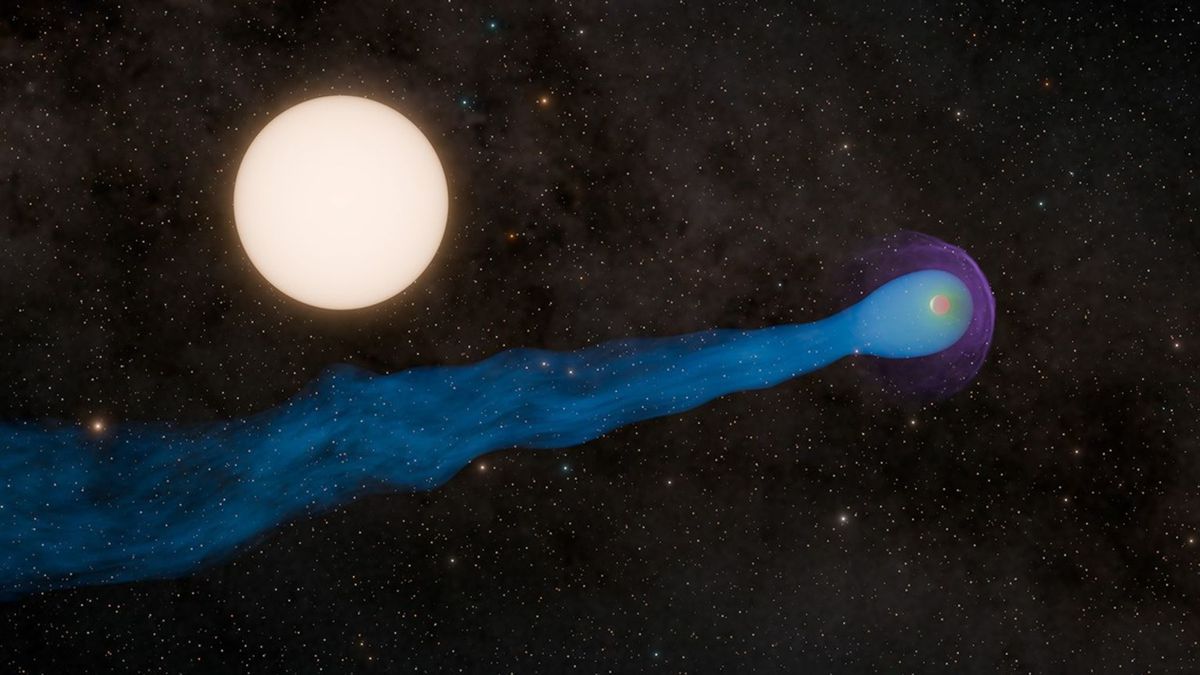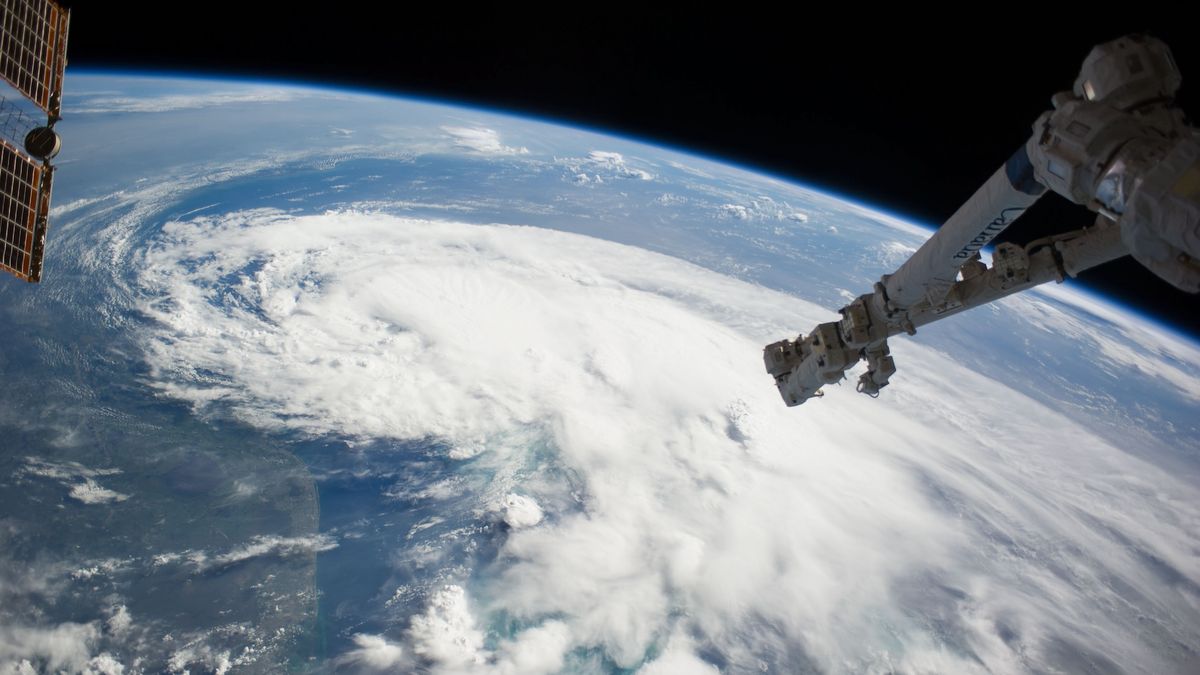As millions of people across the U.S. recently looked up to the skies to witness widespread auroras dancing overhead, some farmers were left perplexed as their tractors seemingly started doing the same.
The malfunctioning vehicles, which have been unexpectedly swaying from side to side as they work the land, have been boogying to the beat of supercharged magnetic disturbances triggered by explosive solar storms, experts say. Simply put: Solar particles are tampering with the machines’ GPS systems.
Solar activity has been way up this year thanks to solar maximum, the peak of the sun’s roughly 11-year cycle, which scientists confirmed was officially well underway in October. As a result, solar flares have frequently erupted from the sun throughout 2024, and some of these explosions have also launched large clouds of plasma, known as coronal mass ejections (CMEs), at Earth. When these CMEs hit our planet, they can create massive disturbances in Earth’s magnetic field, known as geomagnetic storms, potentially triggering radio blackouts and widespread aurora displays.
Between May 10 and May 12, Earth was hit by five consecutive CMEs, which triggered the most powerful geomagnetic storm in more than 21 years, and likely painted some of the most vibrant auroras over the last few centuries. This event was classed as an “extreme” G5 storm — the most powerful threshold these disturbances can reach.
During this supercharged storm, farmers across large parts of the U.S. reported some unusual activity with their tractors, which started “dancing” from side to side, Spaceweather.com recently reported.
Related: 32 stunning photos of auroras seen from space
“Our tractors acted like they were demon possessed,” Elaine Ramstad, an amateur aurora chaser who was helping out on a family farm in northern Minnesota during May’s geomagnetic storm, told Spaceweather.com. “All my cousins called me during the storm to tell me that ‘my auroras’ were driving them crazy while they were planting.”
Most large, modern tractors use GPS to help their drivers plant and harvest crops in perfectly straight lines, maximizing farmers’ potential output. But to do this, the tractors’ computers need to be in clear and constant contact with GPS satellites, located in low Earth orbit (LEO). During geomagnetic storms, our planet’s upper atmosphere can expand, get pulled out of shape and become more dense as it soaks up solar radiation, which can interfere with GPS signals being sent to and from LEO.
“If it just happens at the wrong time, in the wrong season, if it holds everything up by three or four days. It can have a significant impact on agriculture,” Scott McIntosh, a solar physicist and vice president of the space weather prediction and mitigation company Lynker Space, told Live Science’s sister site Space.com.
Tractors built by John Deere and using their GPS navigation system, commonly referred to as “Autosteer,” seemed to have been particularly affected by the geomagnetic disturbances, with several farmers reporting issues with the vehicles during May’s superstorm, Business Insider reported at the time. But other vehicles were also impacted.
“At least 50% of all farmers are very reliant on GPS and use it on every machine all year long,” Ethan Smidt, a service manager for John Deere, told Spacewetaher.com.

But these issues have not just been confined to May’s freak event. Many farmers in the U.S. also experienced the same issues during a “severe” G4 storm in early October.
“My GPS was off by close to a foot [in October]. Twice while on Autosteer, the tractor danced a row to the left, to the right… so I had to loop around and start over,” Ramstad said. “By nightfall, there was no controlling the Autosteer.”
This issue also impacted other farmers across many other northern states, such as Indiana. An unnamed farmer from Iowa also shared striking photos of wonky rows of crops planted during October’s storm, showing how the tractor had continually danced back and forth along the lines.
Many other GPS-reliant technologies were also likely impacted by the recent geomagnetic storms, and some satellites have even been knocked out of LEO by the increased drag from our temporarily expanding atmosphere. However, it will take time to properly assess the impacts of these storms and solar maximum in general.
The sun’s explosive peak could persist for up to a year, and some scientists are warning that solar activity will remain high, or potentially even increase, during a newly described phase of the sun’s cycle, known as the “battle zone” — a period after solar maximum during which large magnetic bands on the sun fight one another. As a result, we will likely see many more GPS-related space weather effects in the near future.















